Nestled in the lush mountains of Jiangxi Province, the ancient village of Huangling in Wuyuan has become a photographer’s paradise, particularly during the autumn harvest season. The tradition of "Shai Qiu" (sun-drying crops) transforms the village into a vibrant mosaic of colors, with fiery red peppers, golden corn, and orange pumpkins spread across wooden trays perched on rooftops and balconies. For photographers and travelers alike, the challenge lies not just in witnessing this spectacle but in capturing it through the lens with perfect composition. The key? Knowing which building offers the most breathtaking vantage point.
The Heart of Huangling’s Visual Symphony
Huangling’s charm lies in its terraced layout, with traditional Hui-style houses clinging to the hillside like steps carved into the mountain. Each building offers a slightly different perspective of the Shai Qiu displays, but one structure consistently stands out as the ideal canvas for photographers: Building No. 5 in the central cluster. Positioned at a gentle curve in the village’s ascending pathway, this building provides an unobstructed view of the layered rooftops below, framing the drying crops against a backdrop of emerald-green forests and misty peaks. The angle allows for a natural leading line, drawing the viewer’s eye through the scene in a way that feels both dynamic and harmonious.
What makes Building No. 5 particularly special is its elevation. High enough to avoid the clutter of foreground distractions yet low enough to maintain an intimate connection with the village life, it strikes a balance that few other spots achieve. Early morning light spills over the mountainside, casting long shadows that add depth to the composition, while late afternoon sun bathes the crops in a warm, golden glow. Photographers often find themselves lingering here for hours, waiting for that fleeting moment when the interplay of light, shadow, and color reaches its peak.
The Unseen Details That Elevate the Shot
Beyond the obvious visual appeal, the magic of Building No. 5 lies in the subtleties. The wooden frames of the drying trays, weathered by years of use, add texture to the scene. Smoke curling from a nearby chimney or a villager adjusting the crops can introduce a human element that transforms a beautiful image into a storytelling masterpiece. The building’s position also allows for creative framing—using eaves or overhanging branches to add layers to the composition, or capturing reflections in the occasional rain puddle for a surreal effect.
Seasoned photographers often note that the best shots from this location aren’t just about the crops themselves but the rhythm they create. The repetition of circular trays, the contrast between the vibrant produce and the dark wooden rooftops, and the occasional interruption of a wandering villager or a perched bird all contribute to a sense of lived-in beauty. It’s a reminder that Shai Qiu isn’t just a photo op; it’s a centuries-old practice deeply tied to the rhythms of rural life.
Beyond the Obvious: Alternative Perspectives
While Building No. 5 reigns supreme for classic Shai Qiu compositions, adventurous photographers might explore adjacent structures for unique angles. Building No. 3, slightly to the west, offers a tighter focus on individual households, perfect for capturing intimate details like the gnarled hands of farmers tending to their harvest. Meanwhile, the higher-placed Building No. 8 provides a sweeping panorama that includes distant terraced fields, adding scale to the scene. These variations allow photographers to craft diverse narratives—from the macro beauty of a single pepper to the grand tapestry of Huangling’s agricultural tradition.
Timing is as crucial as location. While autumn is the prime season, visiting during the shoulder periods (late September or early November) can yield quieter scenes with softer light. Overcast days, often dismissed by fair-weather travelers, can actually enhance the colors of the crops while eliminating harsh shadows. The true masters of Huangling photography know that the village’s beauty isn’t confined to postcard-perfect blue skies but reveals itself in all weathers—a lesson in seeing beyond the obvious.
The Ethical Lens: Photography with Respect
As Huangling’s popularity grows, so does the need for mindful photography. The village isn’t an open-air studio but a living community where residents maintain traditions passed down through generations. Successful composition here isn’t just about technical skill but about respect—using long lenses to avoid intrusion, seeking permission before photographing individuals, and remembering that those colorful crops are someone’s livelihood, not just props. Building No. 5’s advantage is its ability to capture authenticity without disruption, allowing the scene to unfold naturally.
In the end, the pursuit of the perfect Huangling shot becomes more than just a photographic challenge; it’s a meditation on patience, perspective, and cultural appreciation. Whether you’re a professional with a high-end DSLR or a traveler armed with a smartphone, standing at that optimal vantage point as the morning mist lifts off the village rooftops, you’re participating in something timeless—a dance between human tradition and nature’s artistry, framed perfectly by the unassuming elegance of Building No. 5.
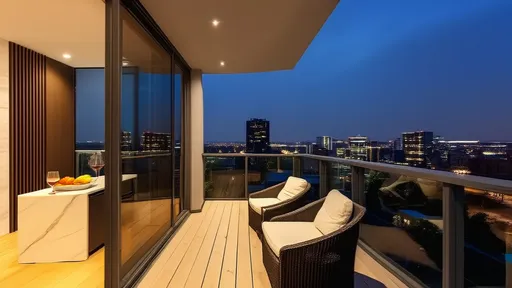
By /Aug 4, 2025
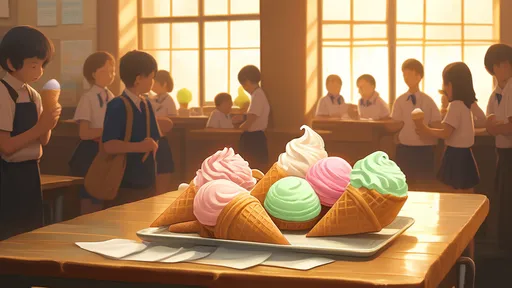
By /Aug 4, 2025
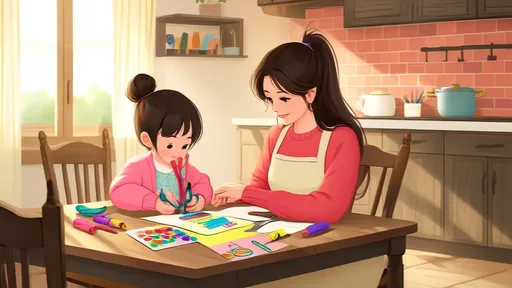
By /Aug 4, 2025
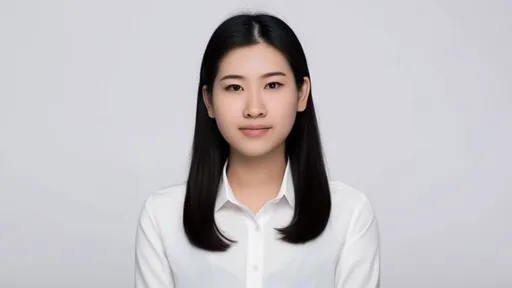
By /Aug 4, 2025

By /Aug 4, 2025

By /Aug 4, 2025

By /Aug 4, 2025

By /Aug 4, 2025

By /Aug 4, 2025

By /Aug 4, 2025
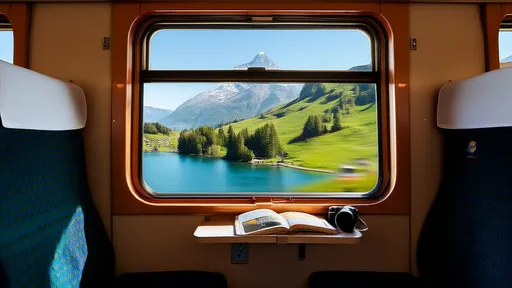
By /Aug 4, 2025
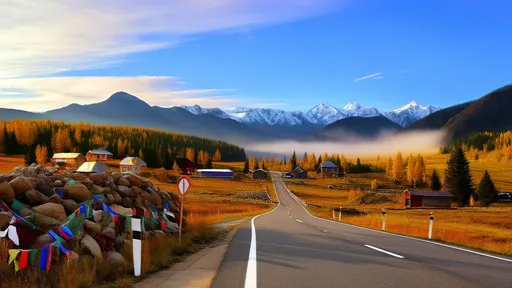
By /Aug 4, 2025

By /Aug 4, 2025

By /Aug 4, 2025
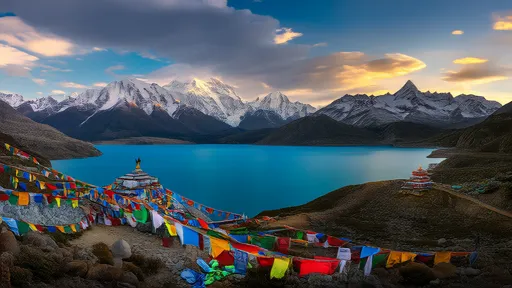
By /Aug 4, 2025
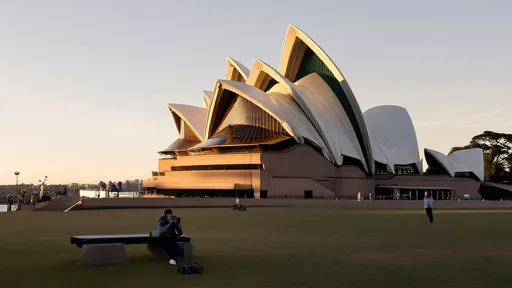
By /Aug 4, 2025
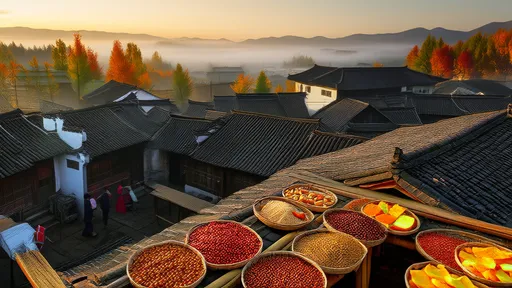
By /Aug 4, 2025

By /Aug 4, 2025

By /Aug 4, 2025
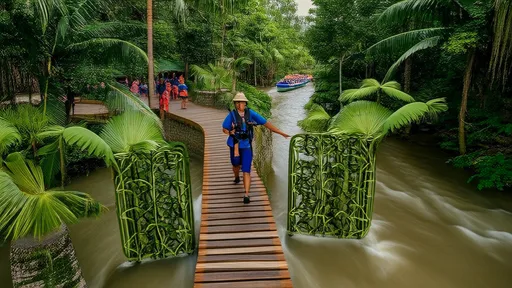
By /Aug 4, 2025